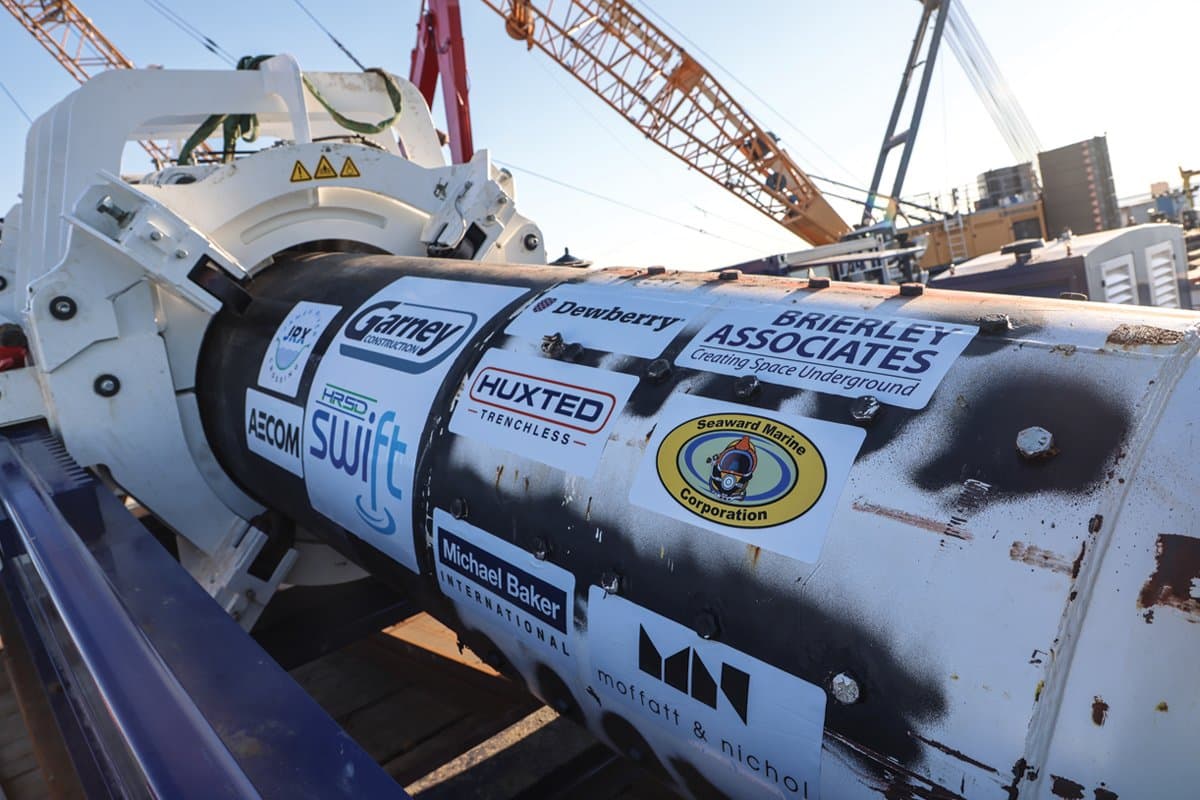
FMI Construction Forecast: What’s In Store For 2017
January 13, 2017
 The construction industry has largely recovered from the recession, at least in terms of billions of dollars in construction put in place. Up until the last two years, it seemed like a very slow recovery, but then the return to growth blossomed. The acceleration of growth in the past couple of years wasn’t a complete surprise. However, fresh memories of the recession kept some companies from hiring until everyone else started hiring to the point where labor shortages in the industry became a big issue. Pent-up demand was set free in almost every construction sector.
The construction industry has largely recovered from the recession, at least in terms of billions of dollars in construction put in place. Up until the last two years, it seemed like a very slow recovery, but then the return to growth blossomed. The acceleration of growth in the past couple of years wasn’t a complete surprise. However, fresh memories of the recession kept some companies from hiring until everyone else started hiring to the point where labor shortages in the industry became a big issue. Pent-up demand was set free in almost every construction sector.So, what do we see now for future growth? Continued slow growth in most areas, but, as noted above, those billions add up. The economy is still adding jobs, buying homes and spending money on consumer and durable goods, but not as much as before the recession or enough to boost the Consumer Price Index.
The FMI Nonresidential Construction Index slipped just 0.4 points in the fourth quarter of 2016 to 56.9. In the fourth quarter of 2015, the Index stood at 59.5. While the trend indicates a slower outlook for nonresidential construction, the Index is still solidly in positive territory as it has been since the first quarter of 2012. While most of the economic components of the NRCI slipped lower, backlogs increased from 10 months to 12 months with expectations that backlog growth will continue in the near term. Looking at markets, the outlook continues to be positive for all markets through 2017, but the three-year outlook is less rosy.
RELATED: What Is the Outlook for Water and Sewer Construction in the New Year?
This quarter’s current issues responses may help to shed some light on the uneasy long-term outlook for construction markets and the economy. In a two-part question, we asked NRCI panelists to rank a range of items and areas that might affect the economic picture in the next year. The rankings included the top-three most impactful concerns, both for positive and negative potential outcomes. Then, for those who said they examine the impact of external issues, such as global economic matters, consumer behavior, regulatory policy, when they are planning their strategic and business goals, we asked which items normally made it into the planning cycle. For instance, from the survey comments we heard: “We do a lot of senior care work, and the residential housing market affects this work directly. When the cost of homes plummets, seniors postpone entering these facilities, which hurts our business.”
Overall, the top-three ranked positive factors included private sector investment activity, specific construction market sector trends, and consumer sentiment and spending decisions. U.S. monetary policy and the results of the elections also ranked as high positives for 2016 expectations. On the other hand, the top-ranking issue on the negative side was the results of the U.S. elections. This was followed by concerns about unemployment rates and U.S. monetary policy.
We received many comments that external issues were not much of a concern for strategic planning; however, many contractors know they need to be mindful of larger societal issues, both domestic and global. They are also keeping a close watch on what may happen in labor, both in terms of immigration laws and availability of U.S. citizens seeking work. While market sector trends, private investment, regulations and consumer activity are the most immediate and measurable concerns in planning, in a world of social upheaval and political change, everything is connected, and the outcomes are difficult to predict.
For many contractors working in infrastructure markets, demand is still pent-up due to lack of funding not needs, as we can see in the nonbuilding sectors. Power still leads the way for growth, but areas like sewage and wastewater and water supply have great potential around the country if the will and the money are there.
On the upside, it is a matter of being careful what you wish for, as firms still have trouble rapidly scaling up in some specialized areas. A few contractors indicated to us in the NRCI survey that slower growth for a while wouldn’t be so bad, as they have been working at capacity or above for a long time now. Others are happy to finally have found most of the skilled workers they need for current levels of growth and hope to train and keep them busy.

After four years of double-digit growth, we expect single-family housing to add 4 percent in 2017 to reach $258,425 billion.
NRCI Fourth Quarter 2016 Highlights
• Overall Economy:
At 58.5, a gain of just 0.4 points, panelists’ view of the overall economy was little changed over last quarter.
• Overall Economy Where Respondents Do Business:
With a drop of just 0.2 points, the NRCI component results for the overall economy where panelists do business is essentially unchanged.
• Respondents’ Construction Business:
With a score of 66.7, panelists still view their business as strong, but this is a drop of 4.3 points from the third quarter.
• Nonresidential Building Construction Market Where Respondents Do Business:
The fourth quarter results continue to show that construction executives participating in the NRCI believe their construction markets are somewhat stronger than that of the overall economy; however, the score of 64.6 this quarter was a drop of 2.7 points over last quarter.
• Expected Change in Backlog:
The median current backlog in months went from 10 months last quarter to 12 months for the fourth quarter. The score for expected change in backlog increased from 58.9 to 61.3 this quarter. While this growth trend seems to run counter to other components, it appears to represent continued momentum from the growth of the past year that should last well into 2017.
• Cost of Construction Materials and Labor:
The NRCI components for the cost of materials and labor improved somewhat this quarter; however, both continue to indicate rising costs for construction companies.
• Productivity:
Even though our component score for productivity improved 1.6 points this quarter to 48.1, the outlook for improving productivity continues to struggle. Along with growing backlogs, this appears to indicate that finding enough skilled labor continues to be a huge challenge.
Residential Construction
After four years of double-digit growth, we expect single-family housing to add 4 percent in 2017 to reach $258,425 billion. This growth is still far short of the pre-recession boom years, and that may be a good sign as purchasers avoid getting in over their heads in debt and take a more conservative approach to making the decision to buy a new home. That indecision is showing up in the growth of multifamily housing and home improvements. After four years of a hot market for multifamily homes, we expect the rate of growth to cool in 2017 to just 7 percent. Still, that translates to $61.8 billion in new construction put in place. Many of those who might have once considered moving to a new home are now improving the home they live in adding rooms or just modernizing and repairing to the tune of $155 billion for 2017.
Don’t Miss More Stories Like This. Subscribe to Trenchless Technology Magazine Today
Transportation Construction
Transportation construction achieved a solid 8 percent growth in 2015, but we now expect it to slow to 4 percent in 2017. The boom in petrochemical manufacturing plants, particularly in the Gulf Coast region, will take advantage of the completed Panama Canal expansion and boost transportation infrastructure in both the South and West to accommodate increased activity from Panamax vessels. The passing of the FAST Act was a welcome event for needed transportation infrastructure construction; however, there are still many questions surrounding funding of the Act and new regulations.
 Power
Power
After rebounding in 2015, we expect growth for power-related construction to improve 6 percent in 2017 to reach $94 billion for construction put in place. The power industry is in flux due to changing fuel supplies using more natural gas and less coal as well as variable rates of growth in alternative energy sources like solar and wind. Power plants must be updated to keep up with changing requirements as well as to manage distributed generation sources. The power industry will continue to consolidate as the average consumer reduces power use, but growth will be slow but steady in 2017 through our 2020 forecast horizon.
Sewage and Waste Disposal
Construction put in place for sewage and waste disposal construction grew 7 percent in 2015, but we now expect it to slow to -3 percent to end 2016 before returning to a slow growth rate for 2017 through 2020. A significant percentage of the work to replace or build new metropolitan sewage and waste disposal is being done under court-ordered consent decrees. The EPA, in its recent “EPA National Enforcement Initiative: Keeping Raw Sewage and Contaminated Stormwater Out of Our Nation’s Waters” report (March 2016) lists 38 cases going back to the earliest in 1978 up to today. The total “Estimated Cost to Bring CSS (SSS) into Compliance” is $31,079,834,799, averaging $839,995,535 per case. That figure does not include the costs to the EPA and municipal defendants for legal fees or fines, nor does it include cost overruns to complete the projects. Only four of the cases have met final obligations, and about a dozen won’t be completed for more than a decade.
RELATED: Forecast for the Construction Market: Infrastructure Is Where It’s At!
Water Supply
Water supply construction grew 2 percent in 2015. However, growth is expected to drop by 4 percent by the end of 2016 and return to just 1 percent growth in 2017. In some regions of the nation, specifically California, water is the new oil. Like oil, one of the concerns for water besides scarcity is storage and conveyance to the right place per need. More people will be asked to pay more for water as water becomes a scarcer commodity, considering increased population, agricultural and industrial needs. Whether one believes in global climate change or not, states will need to be strategic and proactive in both freshwater needs and sewage disposal and recycling.
Phil Warner is a research consultant at FMI Construction.





